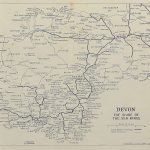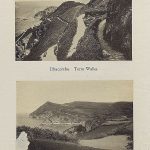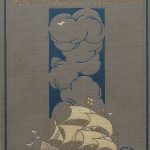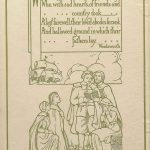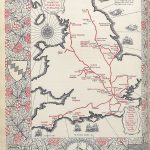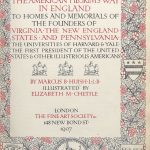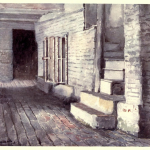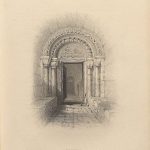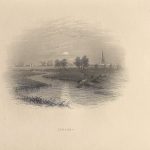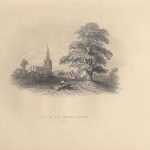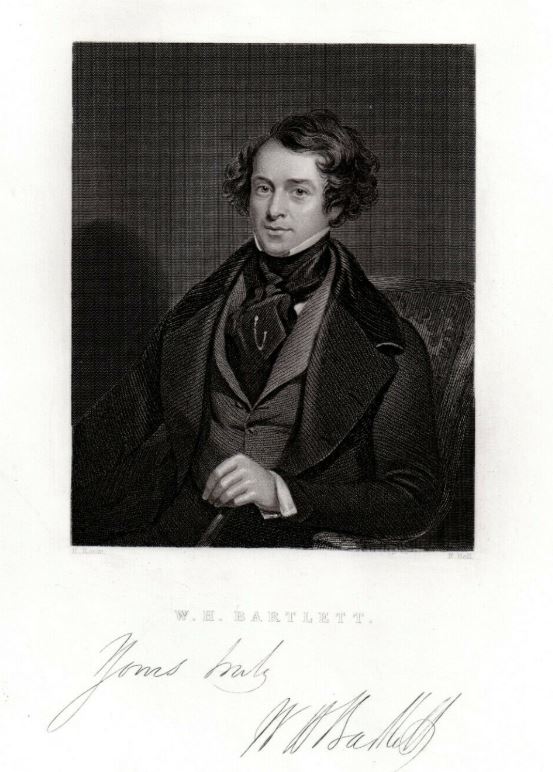Sold at Paddington Station in 1923, this is a beautifully illustrated travel guide to Mayflower sites of interest in Devon and other tourist attractions in the area. Produced by the Great Western Railway, the text capitalised on the growth of domestic and American interest regarding the 1920 tercentenary celebration which centred around Plymouth. The guide demonstrates a growing association between the Mayflower voyage, tourism and popular history. As well as a detailed map the guide comes replete with a number of photographs of the region giving a glimpse into life in Devon in the 1920s.
Tourism
Albert Christopher Addison, The Romantic Story of the Mayflower Pilgrims And Its Place in the Life of Today (1911)
A beautifully illustrated work, Addison’s The Romantic Story of the Mayflower describes the ‘early trials, concerted plans of escape, and stormy emigration’ of the separatists. The work contains numerous original photographs, paintings, and engravings relating to the locations and narrative of the Mayflower pilgrims. A contemporary review in the Boston based Journal of Education praised the work’s presentation: ‘this volume is put together so that it is far more attractive than many of our holiday books, with its thick rough cut paper, bordered pages, excellent sepia illustrations’.
Marcus Bourne Huish, The American Pilgrim’s Way in England (1907)
A significant document in the growth of Mayflower tourist literature in Britain is Marcus Bourne Huish’s The American Pilgrim’s Way in England (1907). Huish was a barrister, writer and director of the Fine Arts Society with links to the Pre-Raphaelite movement. Following in the footsteps of Bartlett, Huish’s writing provides descriptions of Mayflower tourist sites across England. The star of the show, however, are the sumptuous watercolour illustrations by Mary Chettle b.1858). The American Pilgrim’s Way in England combines elements of popular history and tourist guidebooks with the addition of a map of England with notable sites connected to the colonisation of New England, Virginia, and Pennsylvania.
William Henry Bartlett, The Pilgrim Fathers, or, The founders of New England in the Reign of James the First (1854).
William Henry Bartlett (1809-1854) was a London-based artist and engraver, who become one of the leading topographic illustrators of his generation. He travelled widely and produced works providing history and illustrations of the Balkans, the Middle East, and North America, of which The Pilgrim Fathers, or, The Founders of New England in the Reign of James the First (1854) is a product. Bartlett died of fever on-board ship in the Mediterranean off the coast of Malta returning from a tour of Palestine shortly after publication, making this one of his last works.[1]
- The Doorway of Austerfield Church
- Scrooby at night, Nottinghamshire,
- Site of the Manor House Scrooby


